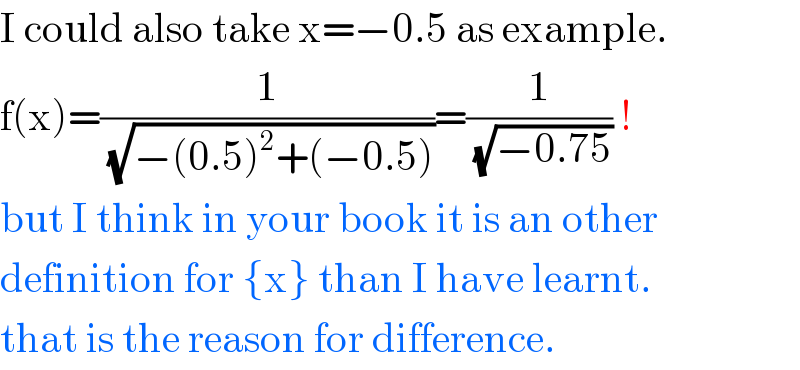Question Number 15084 by Tinkutara last updated on 07/Jun/17
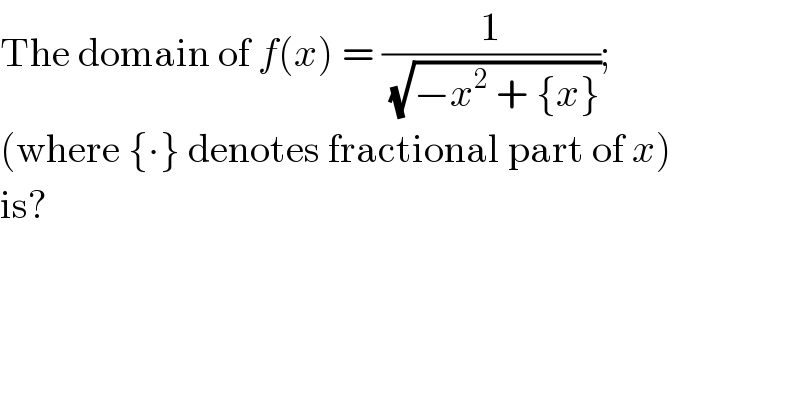
Answered by mrW1 last updated on 07/Jun/17
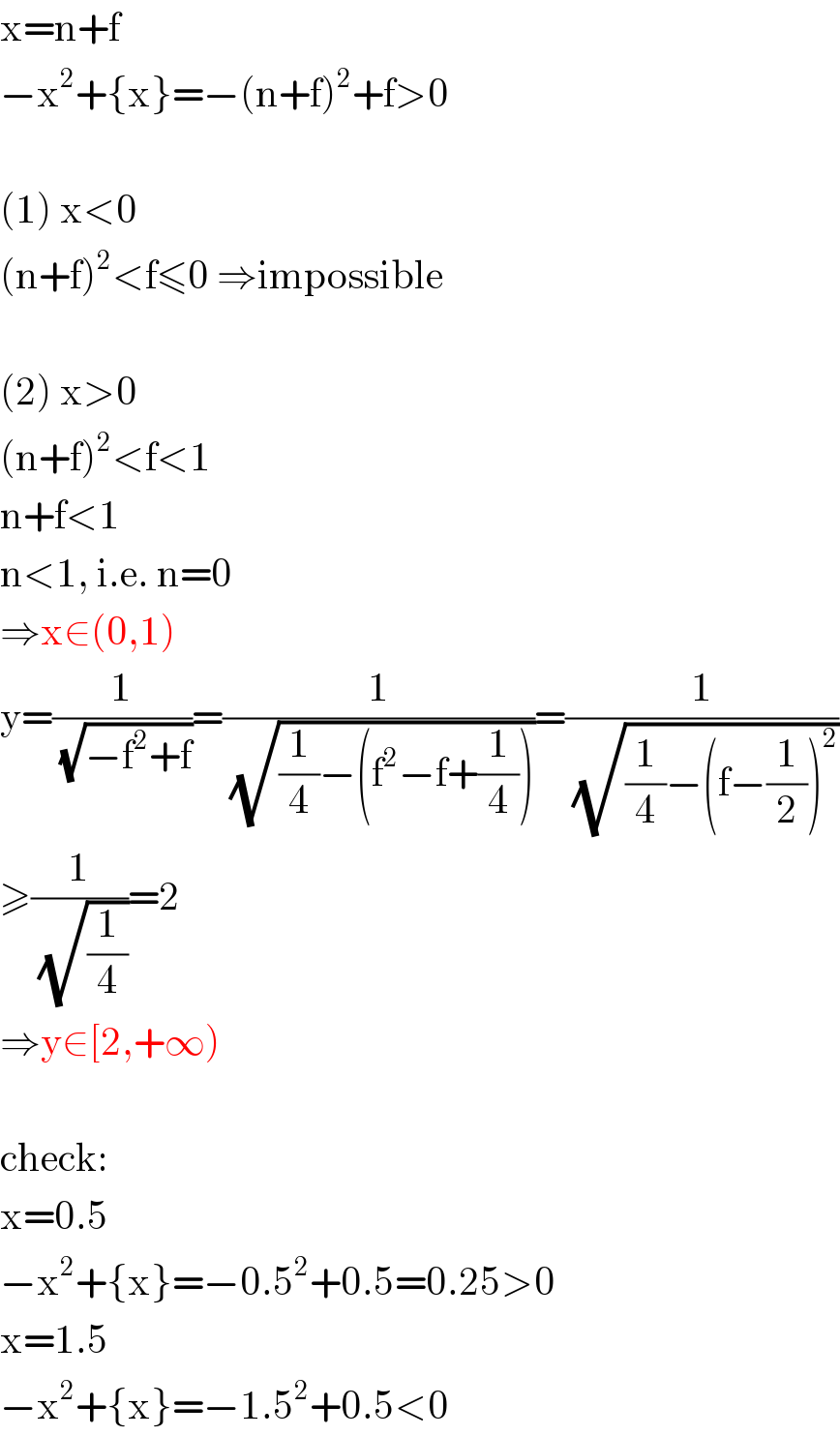
Commented by Tinkutara last updated on 07/Jun/17

Commented by mrW1 last updated on 07/Jun/17
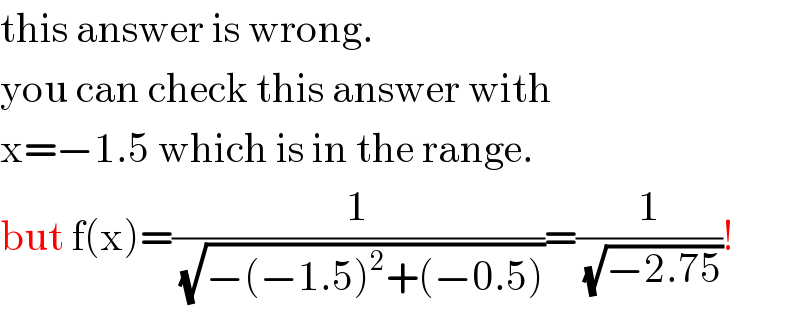
Commented by Tinkutara last updated on 07/Jun/17
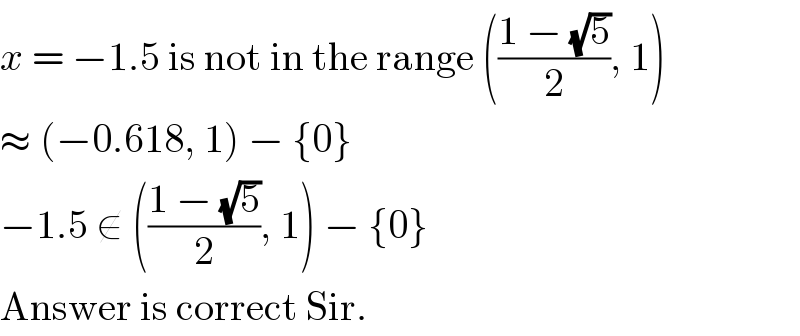
Commented by mrW1 last updated on 07/Jun/17
